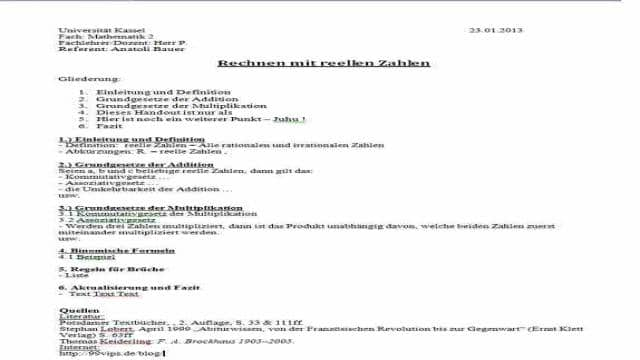Are you tired of boring handouts that no one pays attention to? Do you want to impress your audience and make your presentation memorable? Then you’ve come to the right place! In this article, we will share the secrets to creating a powerful handout for your school or university presentation. We’ll provide you with a step-by-step guide, examples, and even a free template. So let’s get started!
The Importance of a Handout/Thesis Paper
Many people underestimate the value of a handout or thesis paper for a presentation. They often put little effort into it, thinking it’s not important. But they couldn’t be more wrong! A well-crafted handout is crucial, especially for your audience. It helps them follow your presentation more effectively, and with just a few tips, you can create a compelling handout in no time.
Why Do You Need a Handout?
A handout is not only beneficial for your audience but also for you as a presenter. It consolidates all the necessary information in one place, making it easy to reference during and after the presentation. It serves as a valuable resource for your classmates or colleagues who may need to refer to your topic in the future. Additionally, it can be a helpful study aid for exams or tests related to your presentation. By providing essential information in a concise format, you save your audience time and effort in note-taking.
The Functions of a Handout
A handout serves as an extension of your spoken words and visual aids. It summarizes both elements on a single sheet of paper. It also relieves you from the burden of including every detail on your presentation slides. Furthermore, a handout serves as a reference list for your literature and sources.
What Should You Include in a Handout?
A well-designed handout should contain the following components:
- The title of your presentation.
- An introduction to the topic.
- Concise details and main arguments with subheadings, if needed.
- A conclusion summarizing the key points.
- References and sources used.
Creating the Handout
When creating your handout, remember that less is more. Keep it simple, clear, and easy to read. Follow these steps to create a compelling handout:
- Start by including your school or university name, class or program details, the name of the teacher or lecturer, and your name at the top of the first page.
- Write a centered and highlighted title that captures the essence of your presentation. Avoid using generic titles like “Handout.”
- Follow the title with a clear and organized outline of your presentation. You can use either a numbered list or subheadings with bullet points.
- Present your main arguments, supporting evidence, and important definitions in a concise and easily understandable format. You can include charts, statistics, and tables to enhance understanding.
- If necessary, include a reference section at the end of your handout. Provide accurate citations for your sources, including literature references or website URLs.
Remember, your handout should be one page (front and back) unless instructed otherwise by your teacher or professor.
Layout and Design
When it comes to layout and design, it’s essential to follow any guidelines provided by your educational institution. However, if no specific instructions are given, you can use these common formatting guidelines:
- Font size: Use a font size of 12 for Times New Roman or 11 for Arial for the main text. For the reference section, use a smaller font size, such as Times New Roman 10 or Arial 9.
- Font style: Stick to standard fonts like Times New Roman, Arial, or Calibri.
- Page length: Limit your handout to one page (front and back). If you need more space, create a four-page handout and print it double-sided.
- Header and footer: Include the necessary information (e.g., school/university name, date) in the header and page numbers in the footer.
Don’t Use Your Presentation as a Handout!
While it may be tempting to use your presentation slides as a handout, it’s not recommended. Handouts should contain more information than what’s on your slides to serve as a stand-alone reference. Additionally, text-heavy slides can distract your audience and make your presentation less effective. Therefore, take the time to create a separate handout that complements your presentation.
That’s it! By following these tips, you’ll create a powerful and effective handout that will leave a lasting impression on your audience. Remember, your handout is a valuable tool that can enhance your presentation and make it more memorable. So take the time to craft a compelling handout, and watch your presentation shine!
Note: The original article contains images that have not been included in this Markdown version.


